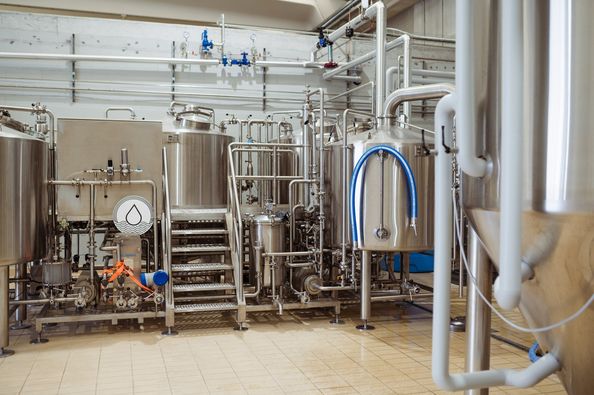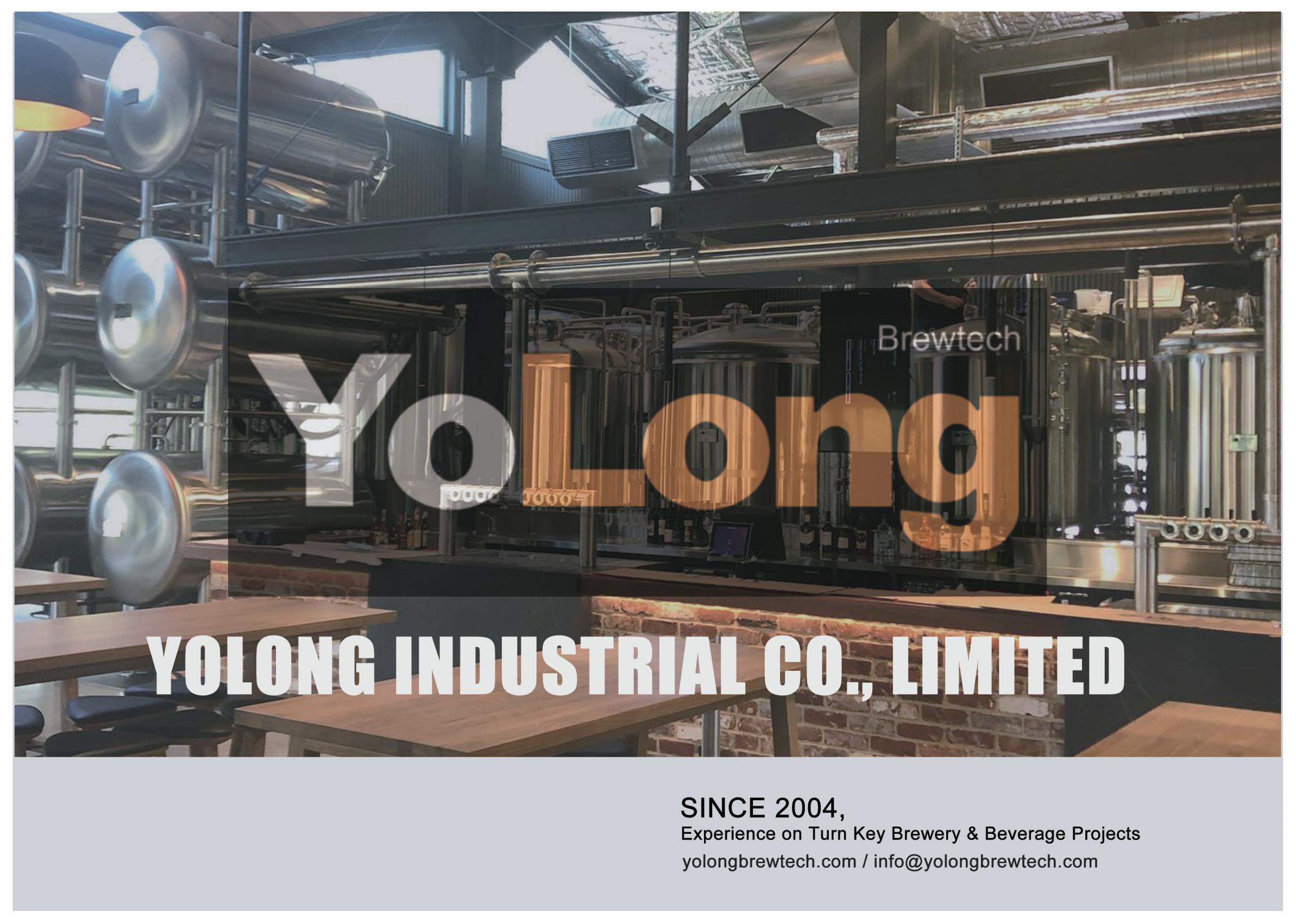Nano Brewery Equipment
Are you considering stepping into the world of nano brewing? Whether you’re a passionate homebrewer looking to scale up or a craft beer enthusiast dreaming of your own brewery, understanding the ins and outs of nano brewery equipment is essential. This guide dives deep into everything you need to know—from choosing the right equipment to installation, operation, and maintenance. Let’s hop (pun intended!) into it.
What is a Nano Brewery?
A nano brewery is the smallest scale of commercial brewing, typically producing less than three barrels (93 gallons) of beer per batch. While small in size, these setups are big on creativity, allowing brewers to experiment with recipes and serve niche markets. But what does it take to run one successfully? The right equipment is the backbone.

Nano Brewery Equipment Overview
Nano brewery equipment includes everything from fermenters and kettles to pumps and hoses. Each piece plays a crucial role in transforming raw ingredients into delicious beer. Understanding the purpose, design, and functionality of each component can make or break your brewing operations.
Here’s a quick overview:
- Brewing capacity: Typically ranges from 1-5 barrels.
- Space requirements: Compact systems designed for smaller spaces, like a garage or basement.
- Key equipment: Mash tun, brew kettle, fermenters, chillers, and control panels.
- Customization: Many suppliers offer tailored designs to suit unique needs.
Detailed Nano Brewery Equipment Guide
Key Components of Nano Brewery Equipment
Below is a comprehensive explanation of the essential equipment you’ll need, along with their functionality.
Mash Tun
The mash tun is where the brewing magic begins. Grains are soaked in hot water to convert starches into fermentable sugars. For nano setups:
- Insulated designs ensure consistent temperatures.
- False bottoms or screens help separate wort from grain husks.
- Capacities range from 10 to 120 gallons.
Brew Kettle
Once mashing is complete, it’s time to boil the wort. This process sterilizes the liquid and incorporates hops for bitterness, aroma, and flavor.
- Stainless steel is the most common material for durability and heat retention.
- Steam jackets or electric heating elements are often used.
Fermenters
Fermenters are the heart of any brewery. This is where yeast transforms sugars into alcohol and CO2.
- Cone-bottom tanks are ideal for efficient yeast collection.
- Available in single-wall (ambient-temperature use) or double-wall (temperature-controlled) designs.
Chillers
Cooling the wort rapidly after boiling is critical to prevent contamination.
- Plate chillers and counterflow chillers are common choices for nano breweries.
- Look for models that match your system’s batch size for efficiency.
Pumps and Valves
Moving liquid from one vessel to another requires reliable pumps and valves.
- Food-grade, stainless-steel pumps are standard.
- Adjustable speed settings can improve control during transfers.
Control Panels
Automation is increasingly popular, even at the nano level.
- Digital control panels allow precise temperature monitoring.
- Programmable systems can save time and reduce manual effort.
Nano Brewery Equipment Types and Features
The table below highlights the various equipment types and their key details.
| Equipment Type | Function | Material | Capacity Range | Features |
|---|---|---|---|---|
| Mash Tun | Converts starch to sugar | Stainless steel | 10-120 gallons | Insulated walls, false bottom |
| Brew Kettle | Boils wort | Stainless steel | 10-120 gallons | Electric or steam heating |
| Fermenter | Ferments beer | Stainless steel | 10-120 gallons | Cone-bottom, single/double-wall options |
| Chiller | Cools wort | Stainless steel/copper | Matches batch size | Counterflow or plate designs |
| Pump | Transfers liquid | Stainless steel | Variable | Food-grade, adjustable speeds |
| Control Panel | Automates processes | Electronic | Variable | Programmable, temperature monitoring |
Brewing Process: From Grain to Glass
1. Mashing
Start with crushed grains and hot water in the mash tun. Stir to mix thoroughly and let the enzymes do their work converting starch into sugar.
2. Lautering
Drain the sweet wort from the mash tun, leaving behind the spent grains. Use pumps and valves for precise transfers.
3. Boiling
Transfer wort to the brew kettle for a vigorous boil. Add hops at different intervals for bitterness, flavor, and aroma.
4. Cooling
Quickly cool the wort using a chiller. This step prevents contamination and prepares the wort for fermentation.
5. Fermentation
Move the cooled wort into fermenters and add yeast. Monitor temperature and gravity levels as the yeast works its magic.
6. Packaging
Once fermentation is complete, carbonate and package your beer. Options include kegs, bottles, or cans.
Equipment Customization and Layout Considerations
Nano breweries often face challenges with space and layout. Proper planning can make a big difference in efficiency and workflow. Here’s a breakdown:
| Parameter | Details |
|---|---|
| Space Requirements | Compact designs; ideal for basements, garages, or small storefronts. |
| Layout | Linear or modular layouts to optimize flow and minimize cross-contamination. |
| Customization Options | Custom tank sizes, additional ports, and automation features based on your brewing style. |
Cost and Suppliers of Nano Brewery Equipment
The cost of nano brewery equipment varies widely depending on the size, features, and level of automation. Here’s an overview:
| Supplier | Price Range (USD) | Key Features |
|---|---|---|
| Blichmann Engineering | $10,000-$50,000 | Modular designs, easy-to-upgrade |
| SS Brewtech | $15,000-$60,000 | Advanced temperature controls |
| Stout Tanks | $20,000-$70,000 | Fully customizable, durable construction |
| Portland Kettle Works | $25,000-$100,000 | Premium quality, tailored solutions |
Installation, Operation, and Maintenance
Proper setup and upkeep are critical for smooth brewing. Let’s break it down:
| Aspect | Details |
|---|---|
| Installation | Ensure proper ventilation, plumbing, and electrical connections. |
| Operation | Follow manufacturer guidelines for temperature and pressure control. |
| Maintenance | Regular cleaning (CIP systems recommended), inspect pumps and seals. |
How to Choose the Best Supplier for Nano Brewery Equipment
Selecting the right supplier can feel overwhelming, but these tips can simplify the process:
| Factor | What to Look For |
|---|---|
| Quality and Durability | Stainless steel construction, precise welds, and long warranties. |
| Customization | Ability to tailor equipment to your brewing style and space constraints. |
| Support and Training | Technical support, installation guidance, and operator training. |
| Reviews and Reputation | Customer feedback, reviews, and industry reputation. |

Pros and Cons of Nano Brewery Equipment
| Advantages | Disadvantages |
|---|---|
| Affordable entry into commercial brewing | Limited production capacity |
| Compact systems for small spaces | May require frequent upgrades as demand grows |
| Customization options for niche brewing | Operating costs can be higher per batch |
FAQs
| Question | Answer |
|---|---|
| What is the cost of starting a nano brewery? | Costs can range from $50,000 to $250,000 depending on equipment and space requirements. |
| Can I use homebrewing equipment for a nano setup? | Homebrew systems may lack the capacity and durability needed for commercial production. |
| How much space do I need? | A nano brewery can fit into as little as 200-400 square feet, depending on the layout. |
| What is the ROI for a nano brewery? | ROI depends on production capacity, pricing, and local demand but typically takes 1-3 years. |
Share this entry
Interested in learning more about Brewing Systems including additional details and pricing information? Please use the form below to contact us!
YOLONG BREWERY EQUIPMENT FAQS
- Commercial Brewery / Craft Brewery / Microbrewery / Nanobrewery
- What is The Difference Between Craft Beer and Industrial Beer?
- The Bespoke Differences In Custom Brewing Systems
- Everything You Need to Know About Kettle Souring
- How to Choose Brewing Equipment for Your business?
- How To Choose The-Best Partner To Build Your Commercial Microbrewing System?
- Two Detection Sensors That You Need To Use In Your Brewhouse System
- Remote Control Applications in Brewing Equipment/How does it work?
- How To Clean Your Brand New Brewery Tanks?

